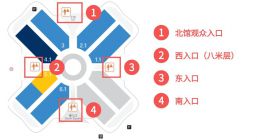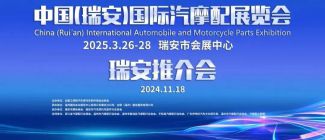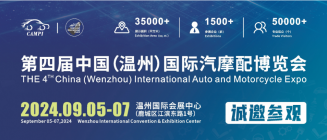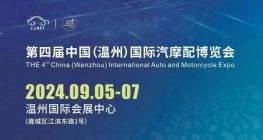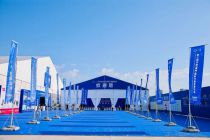For Honda, which is betting on hybrid technology, "software" may become a major constraint.
Recently, Honda issued two recall announcements in China. One of the reasons is the same as the mid-year recall, both of which were equipped with defective fuel pumps produced by Denso, which involved a total of 1.86 million vehicles. Another recall was due to software failures in some hybrid vehicles, involving 67,000 domestic hybrid vehicles.
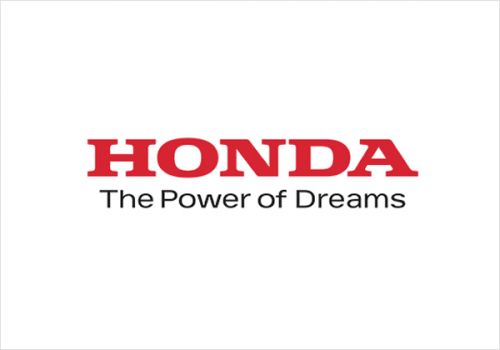
In the international market, Honda recently recalled 1.79 million vehicles, of which 735,000 products have Wie software programming defects. In severe cases, it will cause electronic components to malfunction, requiring a recall and upgrading the software system. This recall is less than the last time due to software. The recall due to the malfunction was only 4 months.
In an era when software-defined cars are becoming more and more obvious, Honda, known as a "technical maniac," is losing control of its core technology at the technical level.
Software failures are increasingly prominent
In September 2018, Honda recalled 232,000 Accord and 2019 Insight hybrid vehicles in the U.S., 14,000 in Canada, 6,000 in Germany, and South Korea due to a software failure in the rear camera in September 2018. 3,000 vehicles. The company said it will provide car owners with a "free software update" service.
In August of this year, Honda once again recalled 608,000 Odyssey, Passport and Pilot vehicles due to camera software failures. The National Highway Traffic Safety Administration stated that the display screens will restart randomly and the faulty software will prevent camera data backup. At the same time, these three models also have central network software programming problems, which may cause display failures in the rear-view mirror cameras and in-car audio, involving 500,000 products.
As early as 2011, Honda recalled 2.49 million vehicles globally due to software failures, including 760,000 vehicles in the Chinese market. After the vehicle, the transmission control module software will be upgraded. Data show that in 2011, Honda’s global sales totaled 3.095 million, which means that recalled vehicles accounted for more than 80% of the total sales that year.
Despite the alarming numbers, Honda seems to disagree with software failures. At that time, a Honda American spokesperson had said that the recall was not a sign of a deeper problem, but a very special case, "This is a software programming problem, not a problem with the transmission itself."
Subsequently, Honda's software failures appeared endlessly. In 2014, Honda applied to the Ministry of Land, Infrastructure, Transport and Tourism of Japan to recall 175,000 hybrid vehicles in Japan to repair software defects in the vehicle engine control system. In 2017, Dongfeng Honda recalled 30,509 new CR-Vs because of software misjudgment. After the recall, the vehicle's electronic brake booster control software will be upgraded.
A senior automotive engineer said that in the vehicle control unit (VCU), electronic control unit (ECU) and other links that directly control the vehicle performance and driving comfort, each OEM has its own control strategy and logic, so , Most OEMs will develop their own, even if they are commissioned by suppliers, they are all customized.
This means that Honda cannot shirk the blame for the above-mentioned recall related to software failures.
Weaknesses to be made up
Today, Tesla has pushed the automotive industry into the era of "software-defined cars", and its leadership in software technology has become the industry consensus. Up to now, Autopilot has been upgraded to version 8.0. For car companies such as Tesla, the main purpose of "software upgrades" is to continuously improve autonomous driving technology and the user's driving experience, rather than "Honda recalls" to repair safety defects.
Not only that, under the wave of electrification, some car companies can already implement software and even hardware upgrades through their own OTA. Honda is still expanding its software failure recalls, and it still needs to upgrade the software through dealers.
In 2019, Honda announced that it will create a modular platform exclusively for pure electric vehicles by 2025. Chief Executive Officer Takahiro Hachigo said that as the third largest automaker in Japan, Honda must improve its technological research; in 2030, two-thirds of Honda’s global products will be electrified. In order to achieve this goal, hybrid The car will become the main focus.
However, there are various signs that Honda is still very cautious in embracing pure electric vehicles and smart car businesses. In the first half of this year, Honda and GM reached an agreement to jointly develop two new pure electric models based on the latter's battery and platform. GM's OnStar service will be integrated with Honda's HondaLink intelligent network connection system, and the advanced automatic driving assistance function Super Cruiser It will also be used by Honda. In September, the two parties also signed a memorandum of understanding, intending to cooperate in procurement, R&D, Internet of Vehicles, automotive platforms and powertrains through a business alliance model.
An industry insider believes that even for GM, it is hard to say that it has made a breakthrough in the implementation of electrification technology. This means that Honda cannot obtain sufficient technical support by virtue of the use of doctrine in a short time. Traditional car companies like Honda, in the process of advancing the electrification transformation, will feel more and more constraints, including software failures, because this makes their accumulated technological advantages in the mechanical age less important. It is worth mentioning that China, the world's largest auto market, is precisely leading this technological change. For Honda, it will face huge localization pressure in terms of maintaining sustained competitiveness.
AMS2024 Exhibition Guide | Comprehensive Exhibition Guide, Don't Miss the Exciting Events Online and Offline
Notice on Holding the Rui'an Promotion Conference for the 2025 China (Rui'an) International Automobile and Motorcycle Parts Exhibition
On September 5th, we invite you to join us at the Wenzhou Auto Parts Exhibition on a journey to trace the origin of the Auto Parts City, as per the invitation from the purchaser!
Hot Booking | AAPEX 2024- Professional Exhibition Channel for Entering the North American Auto Parts Market
The wind is just right, Qianchuan Hui! Looking forward to working with you at the 2024 Wenzhou Auto Parts Exhibition and composing a new chapter!
Live up to Shaohua | Wenzhou Auto Parts Exhibition, these wonderful moments are worth remembering!
Free support line!
Email Support!
Working Days/Hours!
